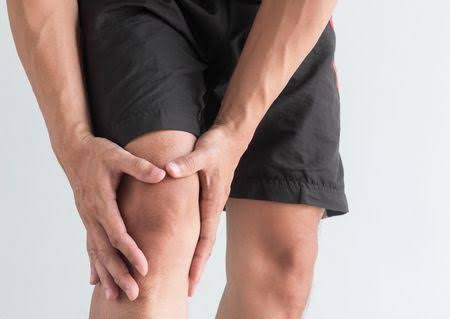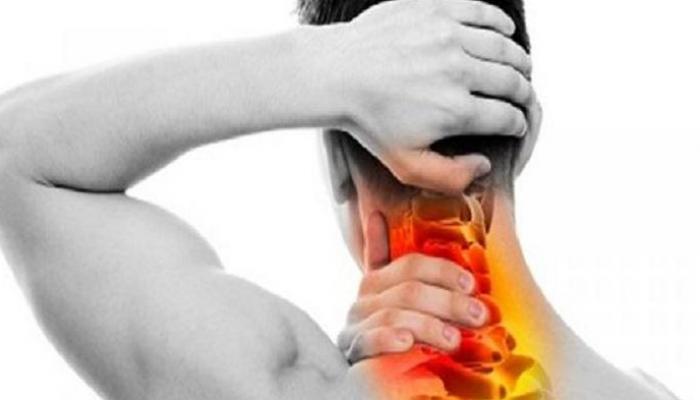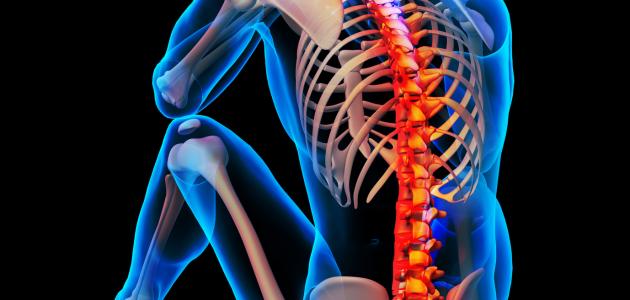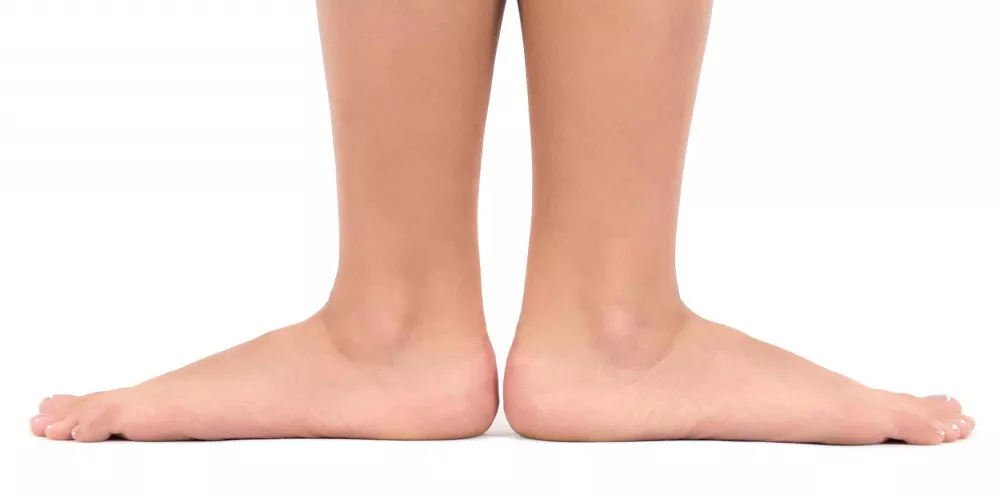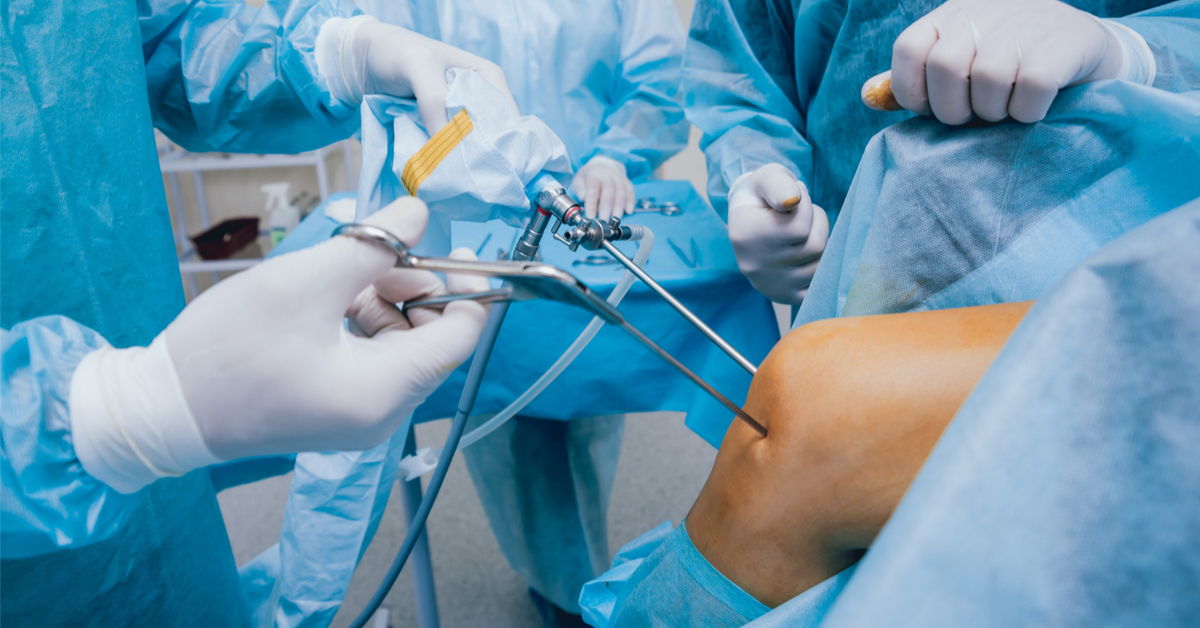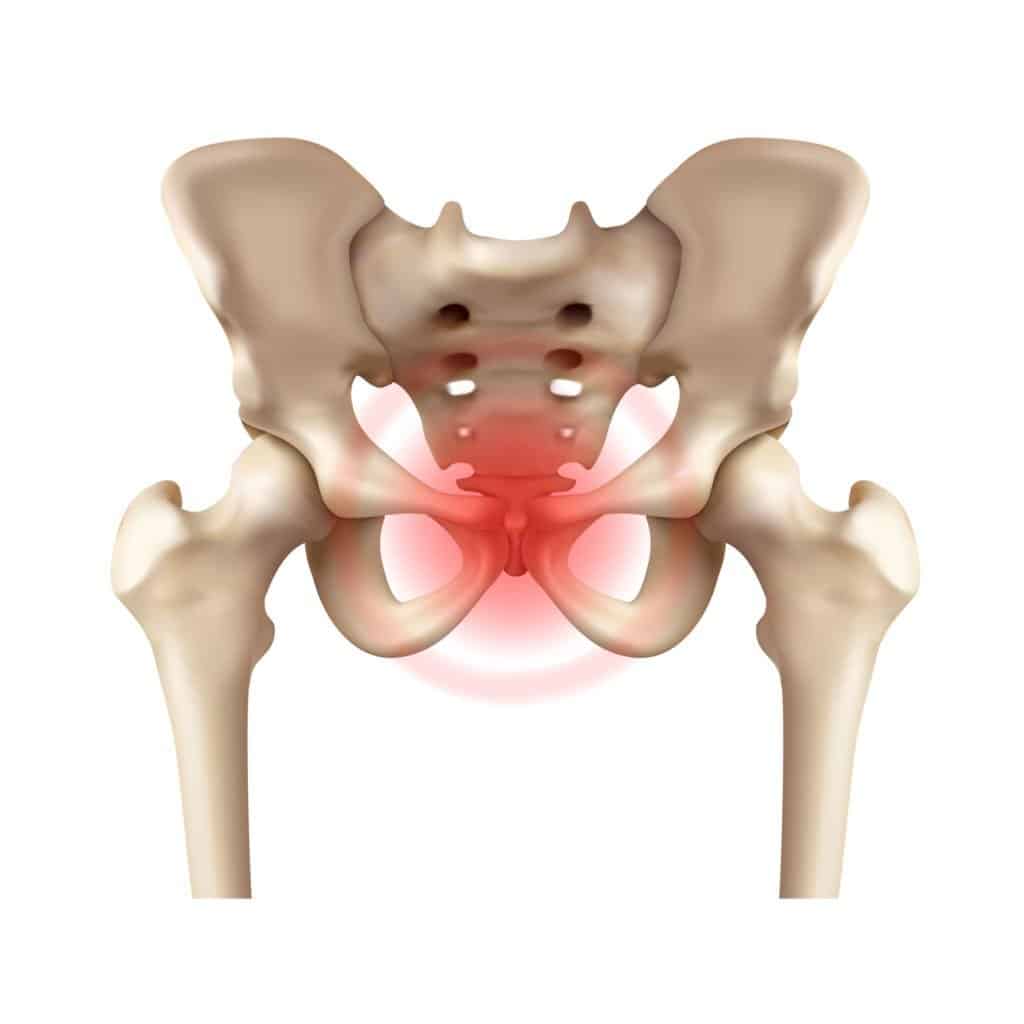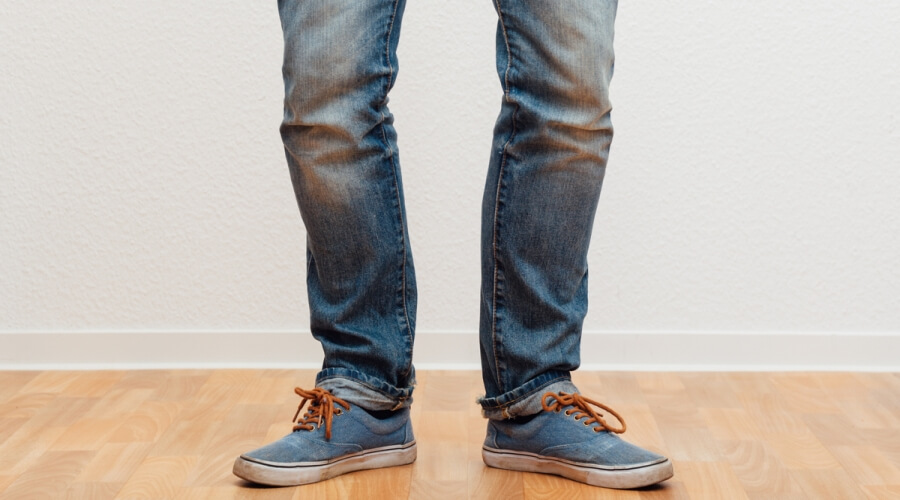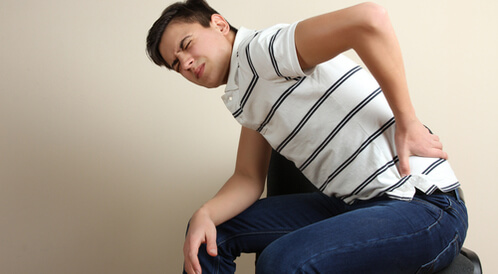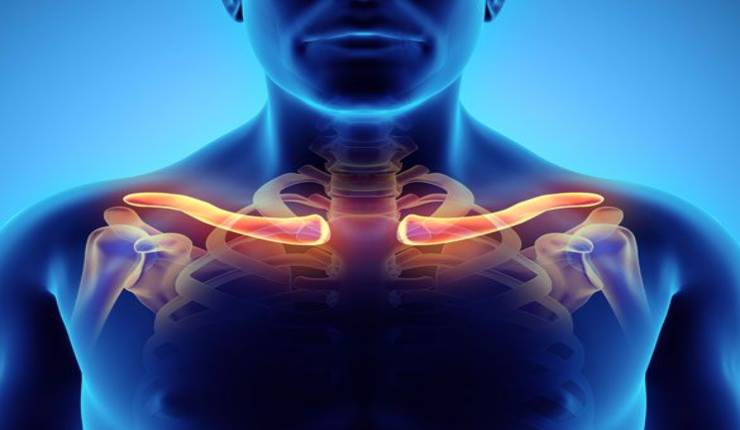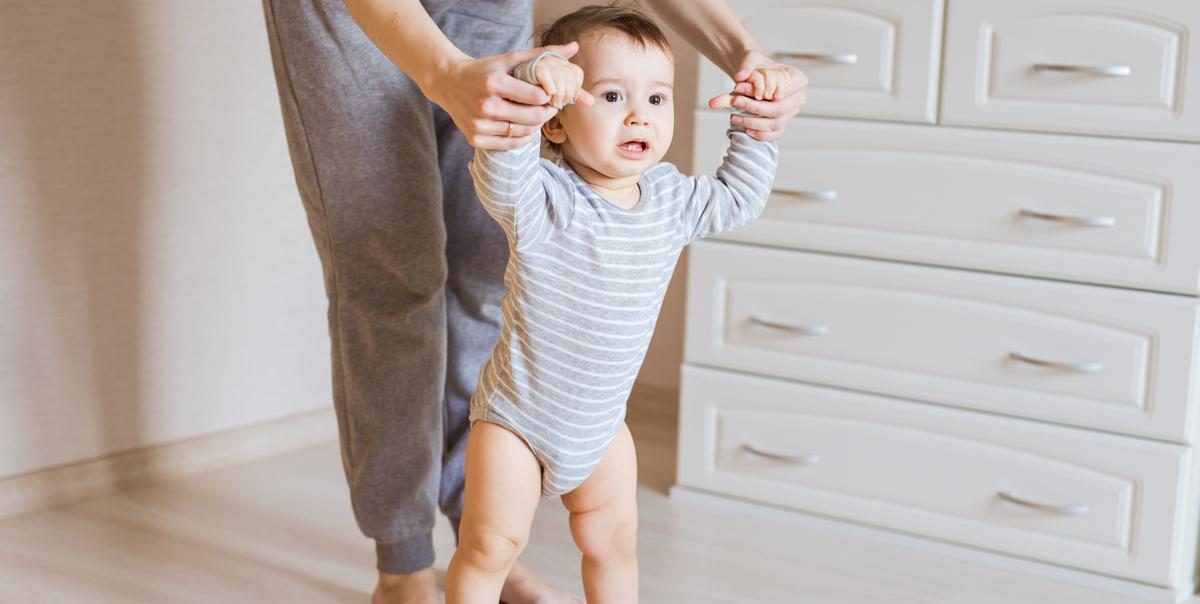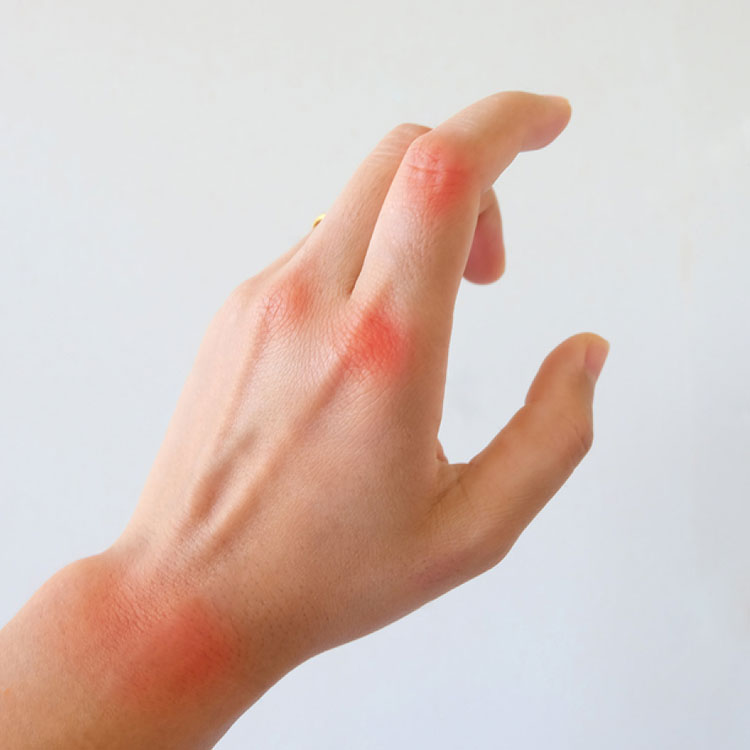Learn about flatfoot in children
Flatfoot infection in children makes parents feel very anxious and stressed, and the matter is very simple and there is no need to worry and it can be dealt with in many ways. In the following article, we will learn about the most important information regarding this topic, so let us read the following.
flatfoot in children
When children get flatfoot, parents are very concerned about their child having a permanent disability or deformity, but there is a very large percentage of people who get flatfoot who do not show any symptoms at all and can continue their lives in a very normal way, and there are many reasons that lead to children getting flatfoot, for example:
- Infection with one of the autoimmune diseases in which the immune system attacks the healthy body tissues of the child, it is known as juvenile arthritis, and children under the age of 15 are more susceptible to infection.
- Genetic family history of this disease.
- Exposure to neurological diseases such as polio and cerebral palsy.
- The child has some fractures in the ankle or foot, which causes a change in the structural structure of the foot.
- muscle atrophy.
- Deformities in the knee area.
- Damage to tendons and ligaments.
- Excessive obesity leads to increased pressure on the foot, which leads to flattening.
- A lump in the scaphoid bone in the ankle.
- A shortening of the Achilles tendon.
Flatfoot treatment for children
Many children are born with flat feet, and this causes a deformity in the shape of the foot, as it loses its natural arched shape and is completely flat on the ground, and in many cases, the matter does not require medical intervention and some treatment methods can be satisfied at home, and here are some of those methods:
- Wearing medical shoes: Many shoes are specially manufactured for those who suffer from the problem of flatfoot in order to be more comfortable while walking or standing, in addition to the possibility of using some medical supports that are placed inside regular shoes that take the shape of an arc, and it is preferable to wear them for a long period.
- Avoid standing for long periods: Care must be taken to avoid walking on hard surfaces, whether in the house or the street for a long period and if necessary, care must be taken to use comfortable shoes during that, in addition to the fact that walking on the beach sand or grass has a great role in strengthening and shaping the arch of the foot.
- The child’s exercise: Exercise is indispensable in the treatment of flatfoot because it has a great role in this, and examples of these exercises are lengthening and strengthening the muscles of the leg, feet, and the inner arch of the foot, and exercises for elongating the tendons of the leg and foot.
Diagnosis of flat feet in children
Flatfoot does not need specific treatment because in many cases it is not accompanied by any symptoms or pain, but if flatfoot causes a lot of problems for the child that may hinder his movement or his ability to live his life normally, and in most cases, the superficial problems are solved at the beginning, such as losing weight in the case of obesity, wearing comfortable shoes, or treating the problem of joint flexibility if it exists.
In the beginning, the doctor’s diagnosis of flatfoot is visual by making the child stand on his toes and walking and observing the shape of the foot from the front and the back, and if during this examination he feels some pain, then, in that case, another method is used for diagnosis, for example:
- X-Rays: It is done in order to see the condition of both bones and joints.
- CT Scan: It also provides the same things as an X-ray, but it is of higher quality and a clearer image.
- Ultrasound: It is used if the doctor has some suspicions about a tendon injury.
- Magnetic resonance imaging (MRI): Provides a clear picture of both hard and soft tissues.
Rigid Flatfoot
There are two types of flatfoot, and they are Bony flatfoot and Flexible flatfoot, here is the difference between them:
- Flexible flatfoot: It is called the meaty flatfoot, and it appears during the raising of the foot and disappears as soon as it touches the ground, and most likely it is not accompanied by any pain or symptoms and does not cause any problems for the individual.
- Rigid flatfoot: This is what we call the bony flatfoot, and the flatness of the foot, in this case, is visible, whether during lifting it or placing it on the ground, and the individual in that case suffers from stiffness in the foot that makes him unable to move very effectively, and many cases of flatness Soft foot may turn into hard flat foot over time.
Does obesity cause flat feet?
Obesity is not a major cause of flatfoot infection, but it is one of the risk factors that increase the incidence of infection in the individual, as the increase in weight may make the foot unable to bear the extra weight on it, which causes it to flatten, and this causes the individual’s inability to balance, which causes It causes him many problems, including his ability to walk.
Does flatfoot cause back pain?
As a result of the occurrence of flat feet, which is defined as flattening in the foot area, makes the balance of the body greatly imbalanced, and the load on other areas of the body is greater, such as the back and thigh area, which causes severe pain, as the naturally arched shape of the foot is very healthy and protects the individual. from a lot of risks.
When do flatfeet appear?
Children are born and already have flat feet, and it begins to fade, and the arch of the foot occurs when the child reaches the sixth year, because the foot becomes less flexible, and the foot may remain flat in a large percentage of individuals until reaching puberty, and in many cases, this is not accompanied by any symptoms or pain, but if the opposite occurs, appropriate treatment is received immediately.

